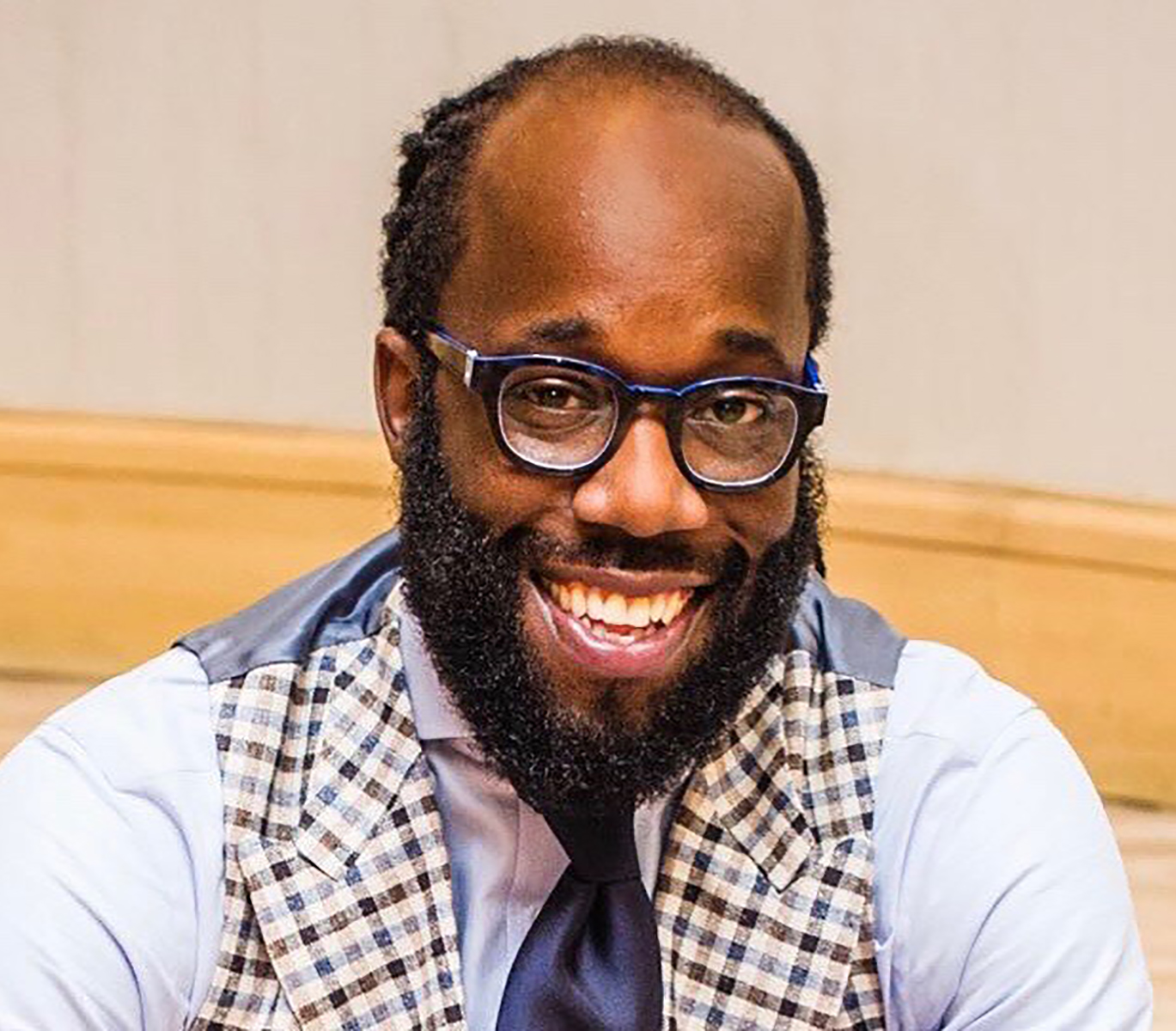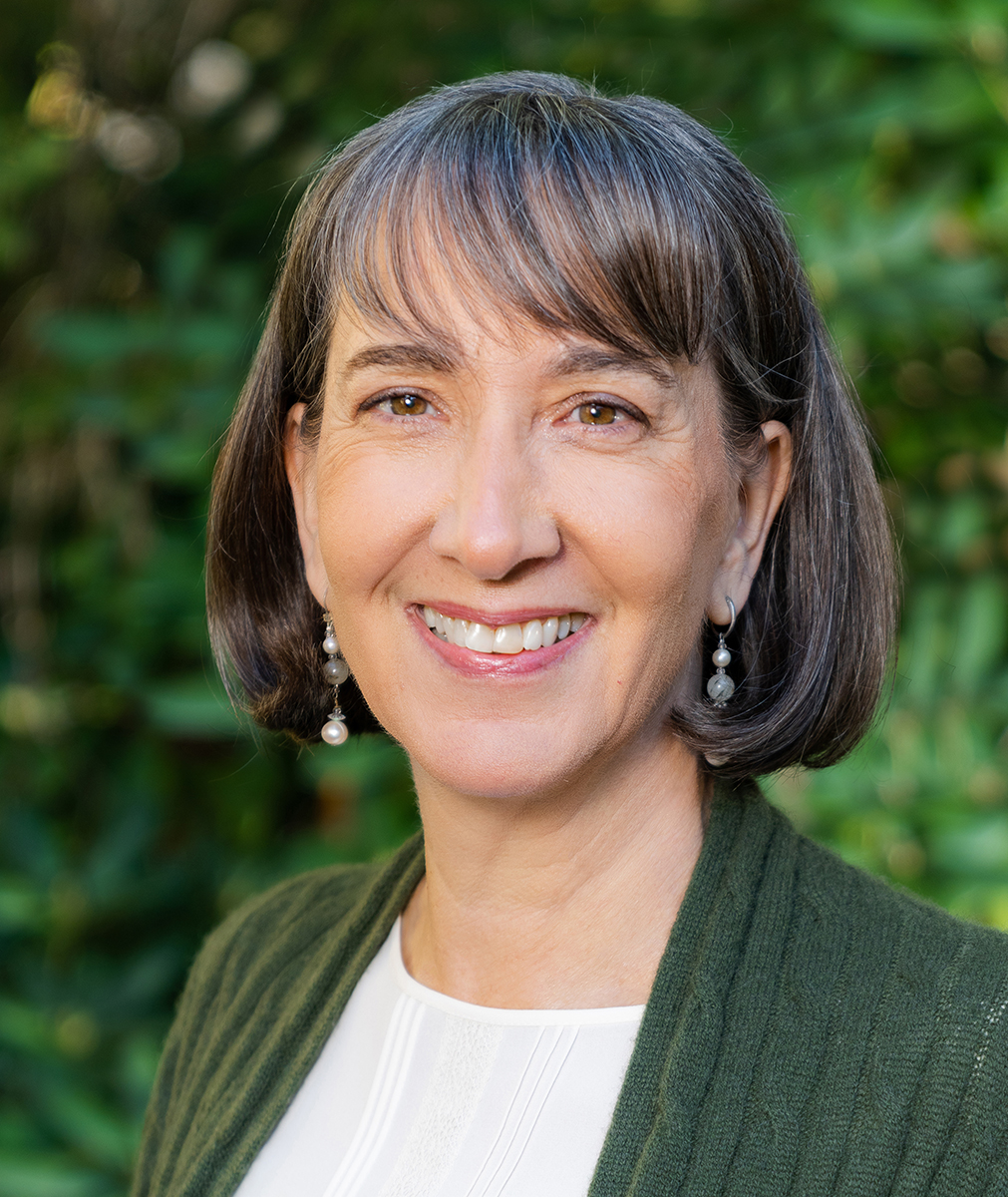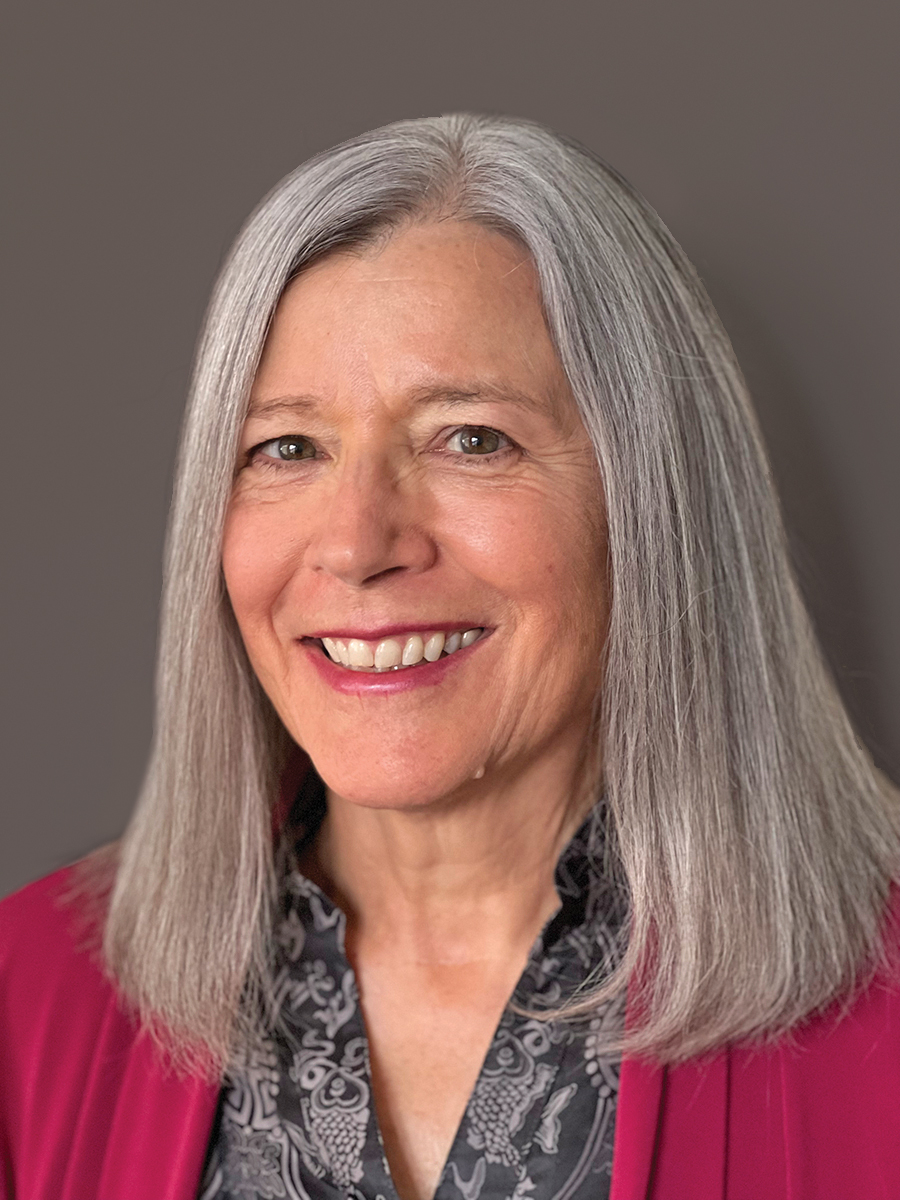Q&A with the Author
- Congratulations on the publication of Social Justice in Schools: A Framework for Equity in Education. Can you talk a little bit about why you wrote this book? What is the main message? Who should read it?
- Increasing access, opportunity, and equitable outcomes for students is something many teachers want, but they may not know where to begin. How can Social Justice in Schools help?
- Critical to social justice is the practice of empowering families to be their children’s best advocates. Can you give two or three examples of how teachers and administrators can intentionally empower families?
- Zooming back a bit, in your book you also discuss specific actions schools—and even entire school districts—can take to improve equitable outcomes for students. Can you explain one or two?
- Lastly, we would love to learn a little bit more about you on a personal level! When you are not working, what do you do for fun? Now that your book is out, is there a project that you are excited to work on next (a presentation, a workshop, writing another book, etc.)?
Congratulations on the publication of Social Justice in Schools: A Framework for Equity in Education. Can you talk a little bit about why you wrote this book? What is the main message? Who should read it?
I am so excited about the release of Social Justice in Schools! This is my latest book, and certainly one that I am very proud of. I’m looking forward to the tremendous impact it will have on educators from a variety of disciplines. Having written about social justice over the years, and through presenting to school psychologists and educators about this, I wanted to write something that gave them—teachers, building and central office administrators, school-based mental health professionals—a resource to answer three questions: what is social justice, why is it important, and how do we do it? To do this, the book provides a framework—a way of thinking or a set of principles—for embedding social justice into school-based practice and policy to ultimately promote equitable outcomes for all students. In terms of its main message, I’ll say it this way: socially just practices lead to equitable outcomes. In other words, how we approach our respective roles in education (e.g., teaching, leadership, counseling, assessment, intervention) is what leads to equitable outcomes (results) for children. If there is inequity (e.g., disproportionality) in our schools or school systems, adopting a social justice paradigm is the path to addressing these outcomes. Who should read it? Anyone who works with children, leads staff who work with children, or graduate students who are preparing to work with children.
Increasing access, opportunity, and equitable outcomes for students is something many teachers want, but they may not know where to begin. How can Social Justice in Schools help?
In the book, I try to be as direct and specific as possible, and I also break the principles down into manageable pieces. For example, each chapter begins with clearly framed learning outcomes (“After reading this chapter, you should be able to...”) and ends with discussion questions (for individuals or small groups), resources for professional learning, and handouts and forms. I also incorporate lots of personal reflections and stories to illustrate complex concepts. You mention access in the question; I’ve also tried to make the book’s overall message—that socially just practices lead to equitable outcomes—as accessible (understandable) as possible. From the real-world stories and examples to the vignettes that I introduce in chapter 2 and refer to throughout the book, the book is written in a way that everyone can benefit from and use in their day-to-day work with children and on behalf of children.
Critical to social justice is the practice of empowering families to be their children’s best advocates. Can you give two or three examples of how teachers and administrators can intentionally empower families?
A good place to start related to empowering families is giving them access to information. For example, schools (e.g., teachers, administrators) should think about the mechanisms they have in place and the opportunities for their students’ families to learn more about their child’s school or respective school district/system. This can be done by inviting families into the school to learn more about services that are available, as well as going to where families are (e.g., faith-based institutions, community centers) to host fairs and other informational events. Another way that schools can empower families is by intentionally centering their voices and perspectives. For example, schools should be mindful of who speaks first in meetings and how much time they are allowed to speak. Third, schools should be flexible. For example, they should think about the times of day (e.g., morning, afternoon, and perhaps evening) and the ways (e.g., in person, virtually) that are conducive for families to meaningfully participate in meetings and other events.
Zooming back a bit, in your book you also discuss specific actions schools—and even entire school districts—can take to improve equitable outcomes for students. Can you explain one or two?
This is a great question, and certainly depends on which outcome you’re trying to address. If, for example, your school or school district is trying to address the disproportionate identification of certain students with educational disabilities, one action to take is thinking deeply about the referral and assessment practices that lead to these results or decisions. In other words, and as I discuss in chapter 1, are students prematurely referred for an evaluation without considering the alternative explanations that could account for their performance? Are the most appropriate assessment tools used by school psychologists and other evaluators to accurately measure their cognitive abilities and academic functioning? And very importantly, has the school or school district examined the extent to which their instructional practices (e.g., Tier 1) are not only evidence-based but also meeting the needs of their students? These are only a few examples of how schools can think broadly about what’s happening around children rather than focusing on what’s happening within them.
Lastly, we would love to learn a little bit more about you on a personal level! When you are not working, what do you do for fun? Now that your book is out, is there a project that you are excited to work on next (a presentation, a workshop, writing another book, etc.)?
Although I absolutely love what I do, and being a school psychologist or teaching graduate students rarely feels like work, I also enjoy taking walks outdoors, spending time on or near water (kayaking), and enjoying quality time with my wife. I have a few projects in mind that I’ll be starting very soon, but I’m really looking forward to writing a follow-up/companion text that talks about a concept that I’ve introduced in Social Justice in Schools: focus on the fence. The overall idea (at least for now) is to talk about the fences (systemic/structural barriers) that impede meaningful access and opportunity and ways to deconstruct these fences. Stay tuned…
See all titles by and read more about Charles A. Barrett on his author page!














